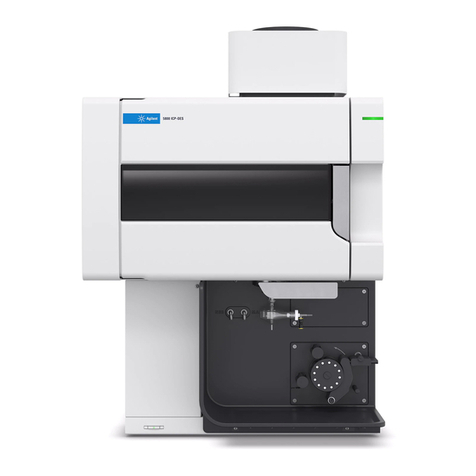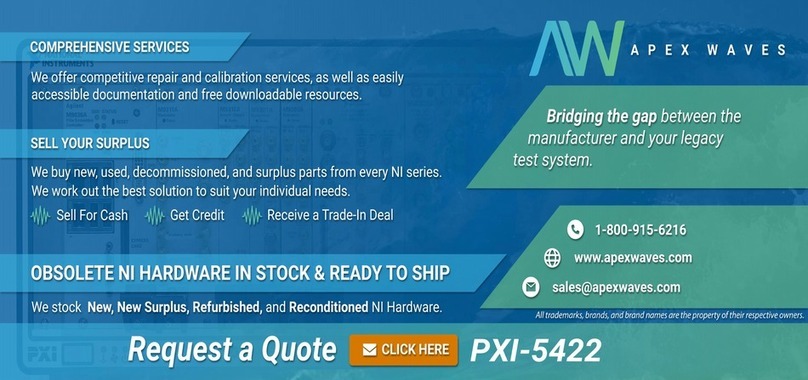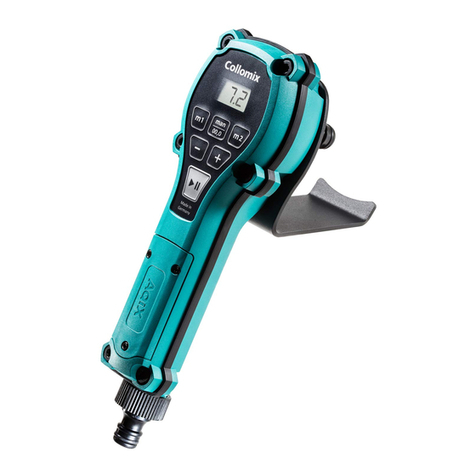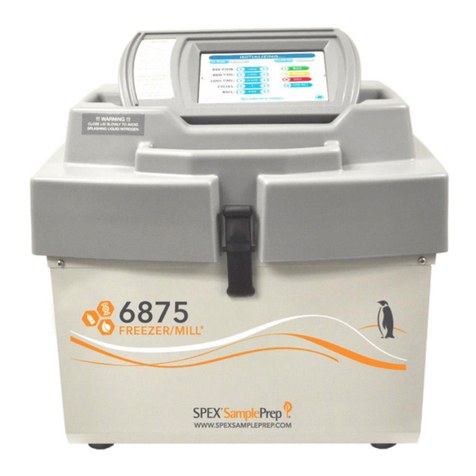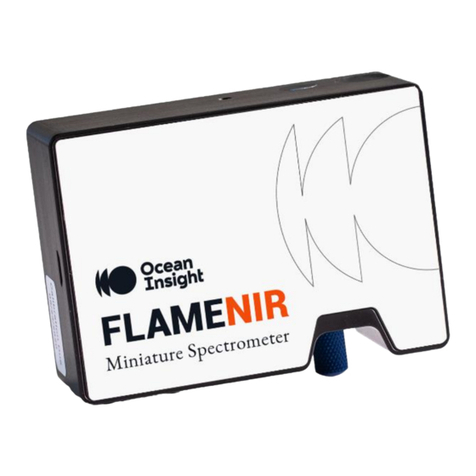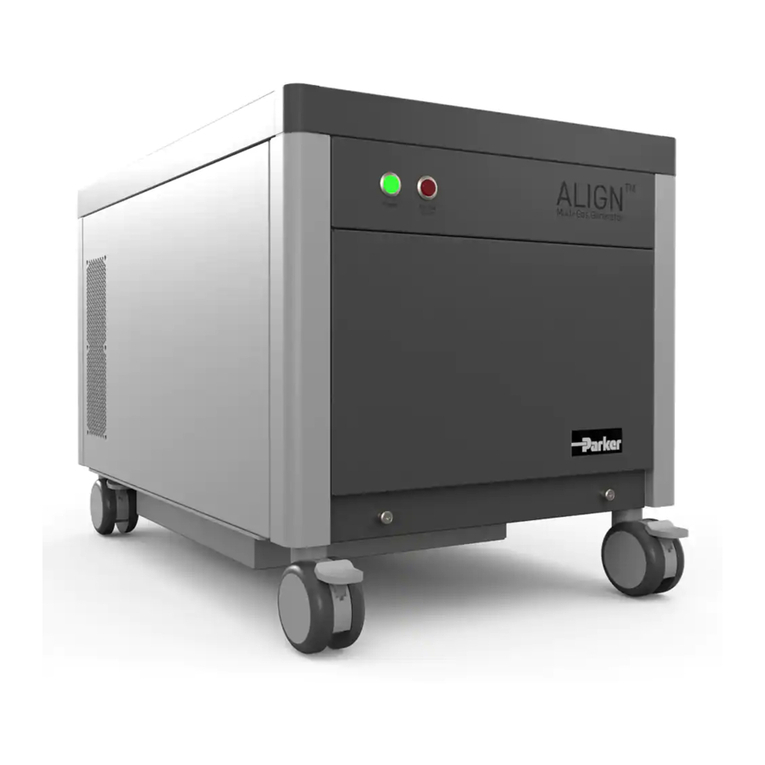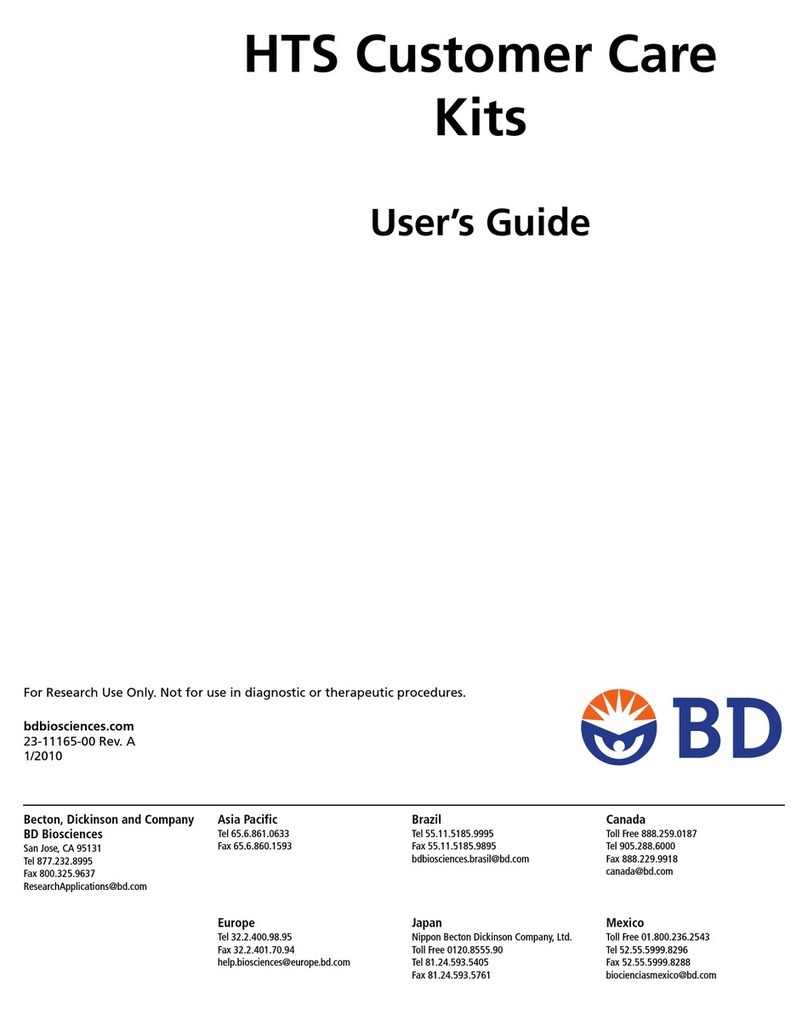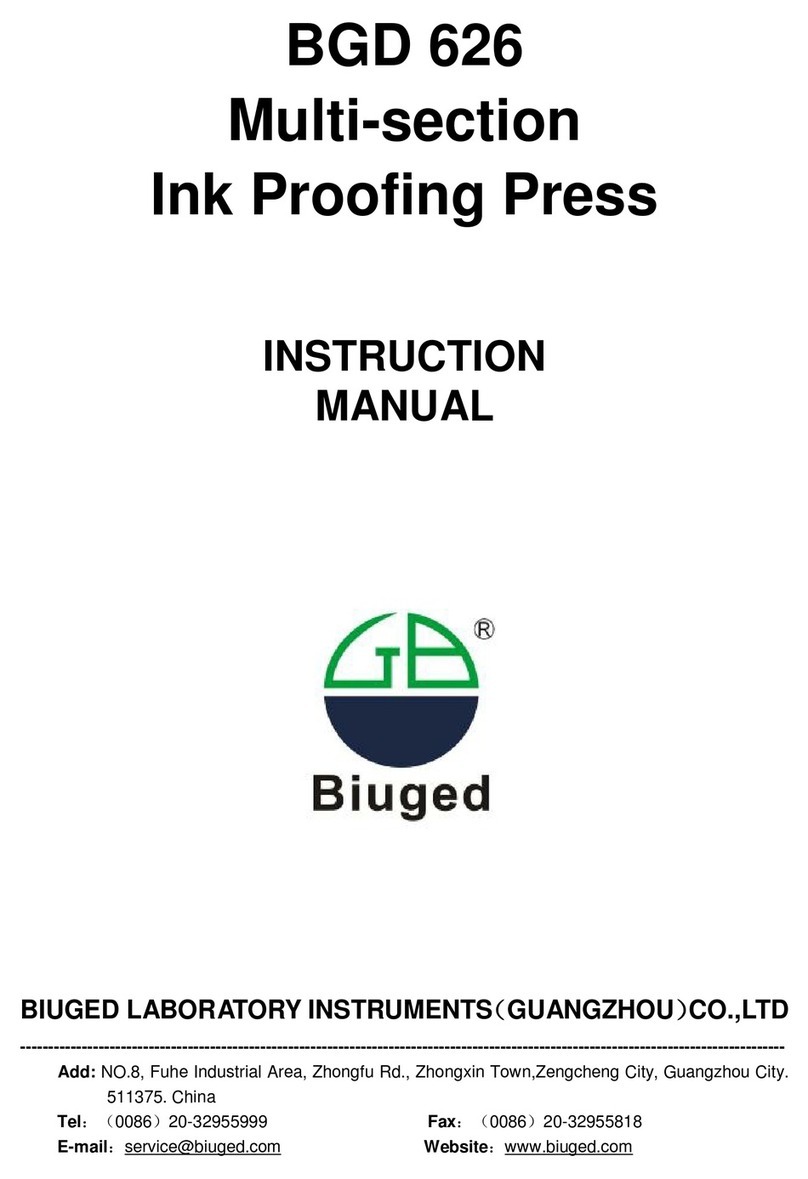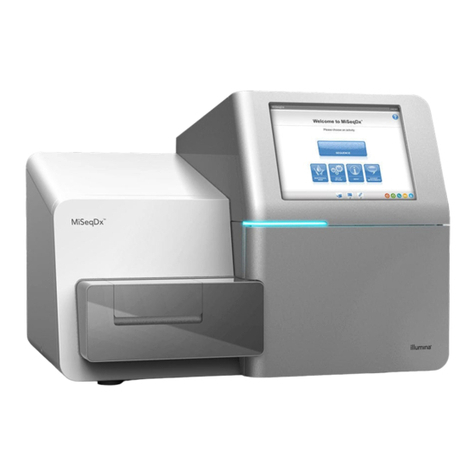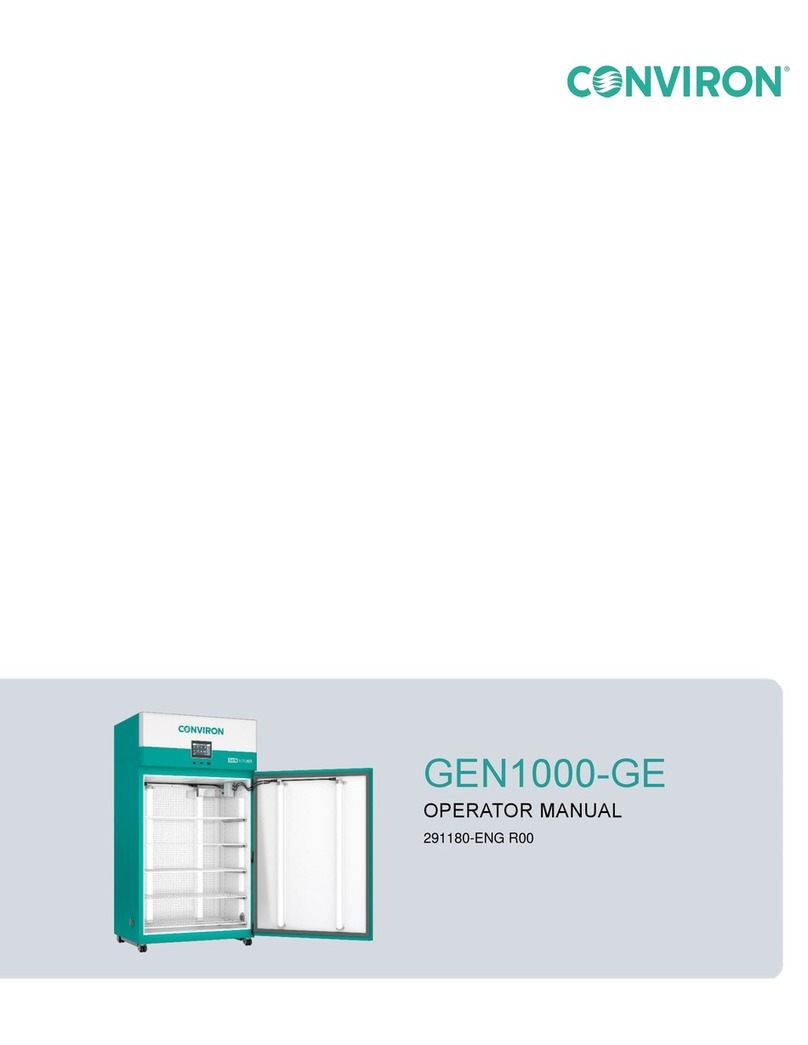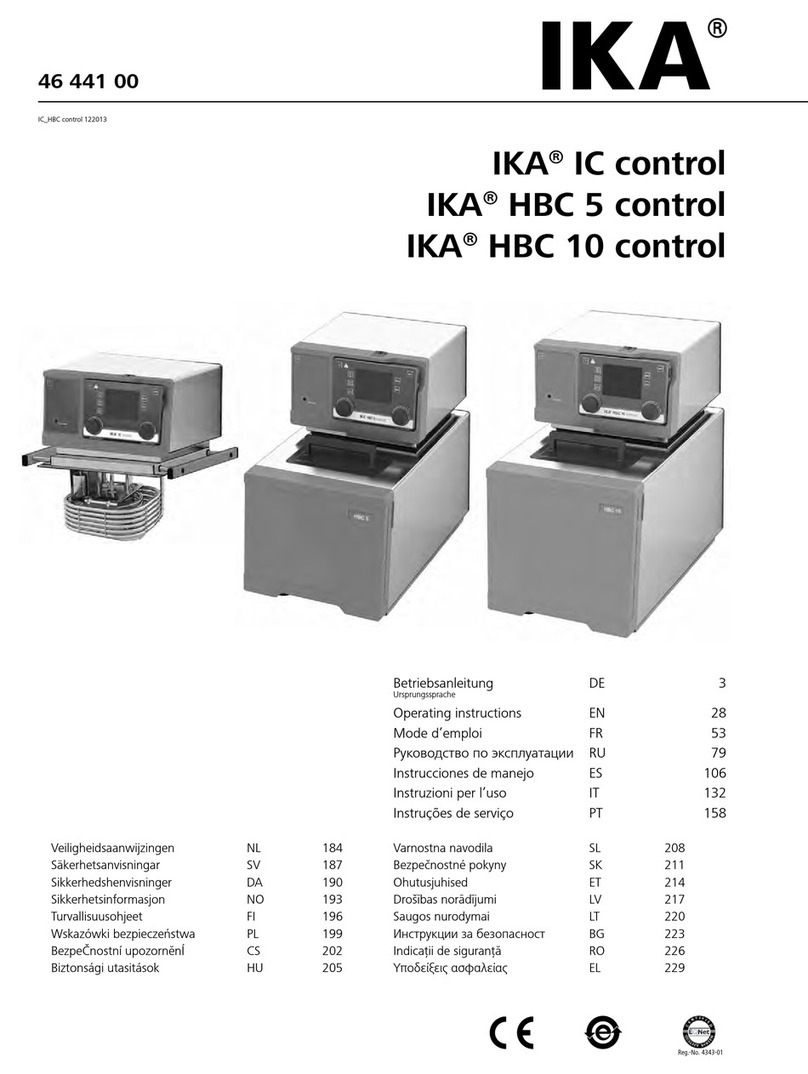E9 service manual GB r7
4
C
ONTENTS
AUTOCLAVE E9
5.2.2 Start-Vacuum phase V1/I.......................................................................................................................................... 33
5.2.2 Start-Vacuum phase V1/I.......................................................................................................................................... 33
5.2.3 Vacuum phase V1/II ................................................................................................................................................. 34
5.2.3 Vacuum phase V1/II ................................................................................................................................................. 34
5.2.4 Vacuum phase V1/III................................................................................................................................................ 35
5.2.5 Water inlet phase....................................................................................................................................................... 36
5.2.6 Water outgas system drain phase.............................................................................................................................. 37
5.2.7 Pressure increase phase P
1
........................................................................................................................................ 38
5.2.8 Water transfer phase.................................................................................................................................................. 39
5.2.9 Vacuum - Thermodynamic vacuum phase V
2
........................................................................................................... 40
5.2.10 Vacuum 2,3,4 phase V2.......................................................................................................................................... 41
5.2.11 Pressure increase/Sterilization phase P
4
.................................................................................................................. 42
5.2.12 Sterilization phase................................................................................................................................................... 43
5.2.13 Steam discharge phase ............................................................................................................................................ 44
5.2.14 Steam discharge phase I.......................................................................................................................................... 45
5.2.15 Pressure levelling phase I........................................................................................................................................ 46
5.2.16 Vacuum phase II ..................................................................................................................................................... 47
5.2.17 Pressure levelling phase II ...................................................................................................................................... 48
5.2.18 End of cycle phase .................................................................................................................................................. 49
5.3 CYCLE FOR E9 INSPECTION/RECORDER WITH CIRCUIT U-234
(since firmware 7.01)........................ 50
5.3.1 Turning on the sterilizer............................................................................................................................................ 50
5.3.2 Phase 1: Start, water outgas system emptying and steam generator filling (U-234 circuit)...................................... 51
5.3.3 Phase 2: Steam generator emptying (U-234 circuit) ................................................................................................. 52
5.3.4 Phase 3: Water outgas system filling (U-234 circuit) ............................................................................................... 53
5.3.5 Phase 4: Vacuum into chamber and water outgas system (U-234 circuit)................................................................ 54
5.3.6 Phase 5: Water separator emptying and steam generator filling (U-234 circuit) ...................................................... 55
5.3.7 Phase 6: Pressure rise (U-234 circuit)....................................................................................................................... 56
5.3.8 Phase 7: Emptying and vacuum (U-234 circuit)....................................................................................................... 57
5.3.9 Pressure rise (U-234 circuit) ..................................................................................................................................... 58
5.4 CYCLE FOR E9 MED (up to EGO090100 18 L and up to EGP090080 24 L)......................................................... 59
5.4.1 Turning on the sterilizer............................................................................................................................................ 59
5.4.2 Phase 1: Vacuum into chamber................................................................................................................................. 60
5.4.3 Phase 2: Steam generator filling ............................................................................................................................... 61
5.4.4 Phase 3: Pressure rise................................................................................................................................................ 62
5.4.5 Phase 4: Water separator emptying and vacuum....................................................................................................... 63
5.4.6 Third pressure rise and sterilisation .......................................................................................................................... 64
5.4.7 Drying phase............................................................................................................................................................. 65
5.5 CYCLE FOR E9 MED (since EGO090101 18 L and since EGP090081 24 L) ......................................................... 66
5.5.1 Phase 0: Turning on the sterilizer.............................................................................................................................. 66
5.5.2 Phase 1: Start and chamber emptying....................................................................................................................... 67
5.5.3 Phase 2: Water injection into the chamber................................................................................................................ 68
5.5.4 Phase 3: Pressure rise................................................................................................................................................ 69
5.5.5 Phase 4: Pressure discharge and emptying................................................................................................................ 70
5.5.6 Phase 5: Pressure rise and separator emptying.......................................................................................................... 71
5.5.7 Phase 6: Pressure balancing...................................................................................................................................... 72
5.6 EXAMPLES OF STERILIZATION CYCLE REPORTS ......................................................................................... 73
6 - DESCRIPTION OF TEST AND MAIN PERFORMANCE DATA...................................... 74
6.1 GRAPH OF COMPLETE VACUUM TEST............................................................................................................... 74
6.1.1 Phase 0: Starting ....................................................................................................................................................... 75
